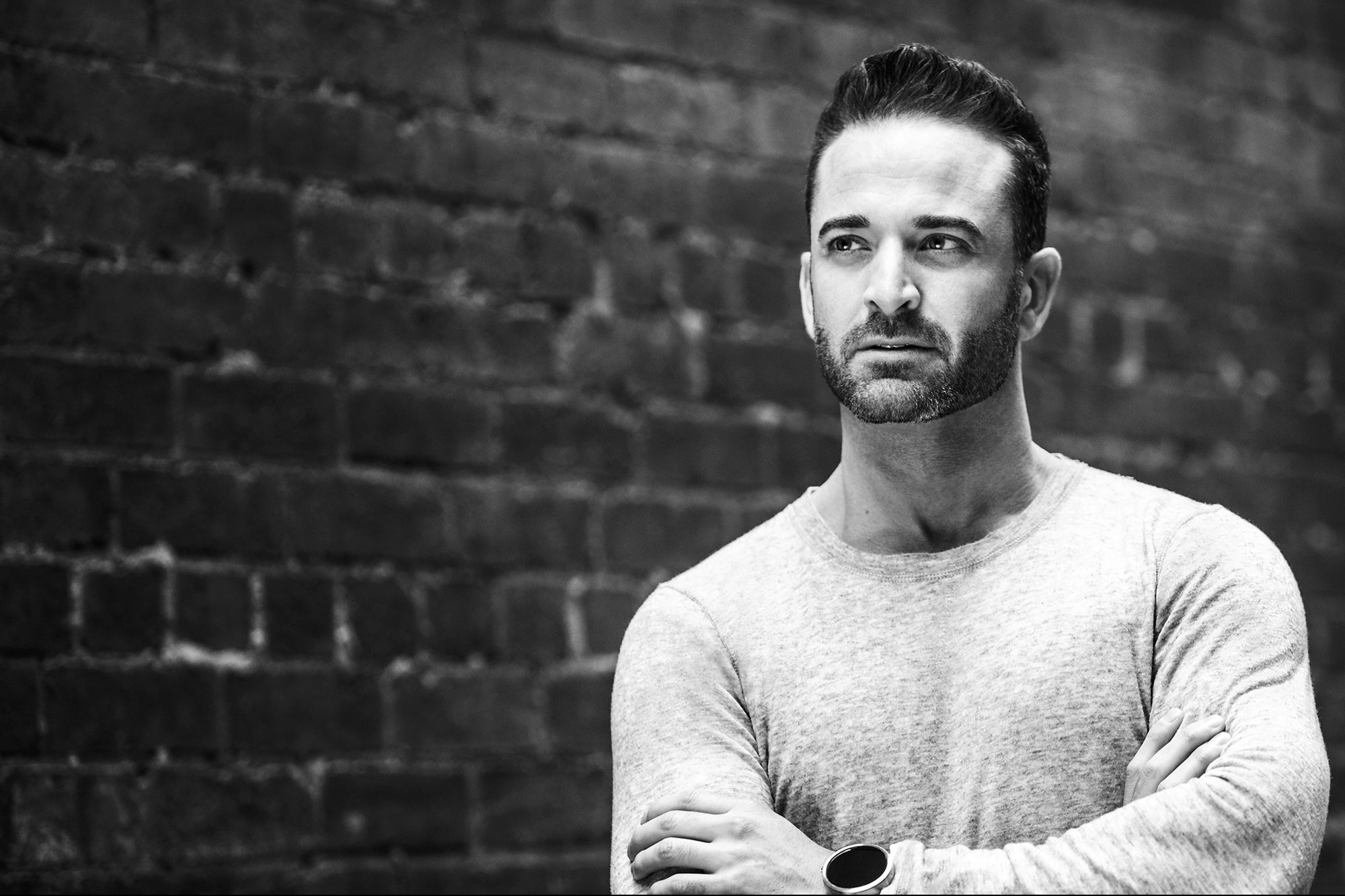How to Turn Your Fear into Fuel Three steps to make your BIZ Experiencesial anxiety work for you.
By Gwen Moran Edited by Frances Dodds
Opinions expressed by BIZ Experiences contributors are their own.

Sometimes, the essential risks you face as a small business owner can be more blood-curdling than a posse of evil clowns in a dark alley. Most fears have an element of facing the unknown, says Jonathan Fields, serial BIZ Experiences and author of Uncertainty: Turning Fear and Doubt into Fuel for Brilliance (Portfolio, 2011).
That fear can become a barrier, holding "treps back from taking changes that pay off in the long run, or it can become a motivating force, sharpening the senses and improving performance. Risk of loss, uncertainty, and exposure to judgment are the "three horsemen of fear," he says.
Fields offers these three steps to start using fear as a tool to motivate innovation and growth:
1. Shine a light on your myths. Look at the major assumptions that are causing the fear, he says. Be clear about what's scaring you and identify the underlying beliefs that are causing you to think that way.
Related: How to Break Through Fear and Self-Doubt
Perhaps the recession has left you gun-shy about spending too much money on any one program or you're just averse to change. Understanding the root of your fears is the first step to determining whether they're based in reality or pessimism.
2. Creep forward a little at a time. Perhaps you don't know enough about that prospective new market or you're afraid that people won't like your new branding effort. Make a list of the steps you can take to mitigate the risk. Test the branding concepts with a focus group to get feedback.
Learn more about that potential market by going to an industry conference or paying a consultant for some advice. Earmark a bit of your budget to a pilot program for new ventures instead of risking a great deal of money by rolling out unproven hunches.
Related: Richard Branson on Facing Your Fears
3. Look for the boogeyman. As you take your baby steps, watch the results. Is the response to your actions positive or negative? If it's good, move forward. If your fears are proving to be correct, change your course. But don't get bogged down in what others think, unless they're your customers, he says.
As you repeat this basic exercise with different fears in your business, Fields says it will become a natural response to fear. With practice, you'll become less fearful of phantom menaces and more in tune with measured risks that could reap large rewards.











